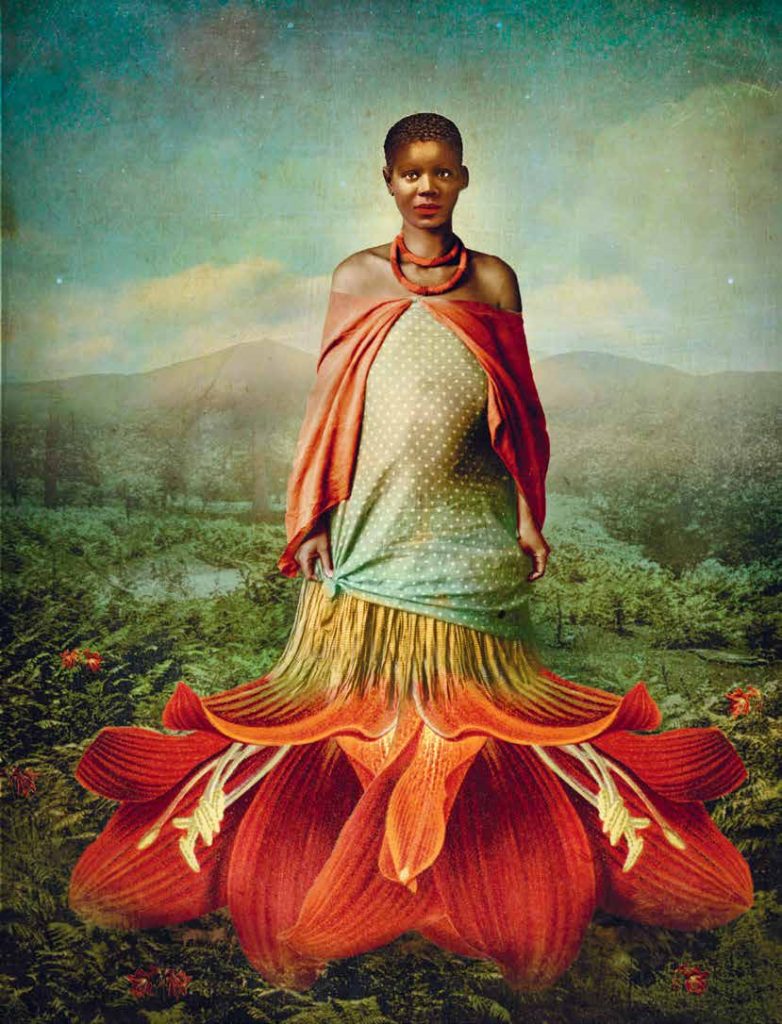A brief history of witch burnings, abortion laws and insurance rules that have taken midwifery to near extinction
midwife ~ old English ~ mid means with, wife is woman | the one who is with woman at birth
When Susanna Roth travelled to America in the 1980s, she was eager to introduce herself as a midwife. She had trained to be a midwife inspired by the writing of Ina May Gaskin, the American natural birth pioneerwho was awarded the alternative Nobel in 2012. She imagined Americans valued midwifery, unlike Germans who considered it just another blue-collar vocation.“People were puzzled when I said I’m a midwife,” Roth said, “One person said, ‘Okay. So where is your mid-husband?’
I am not a midwife, but I have been researching the subject for a couple of years.Some time ago, a superstar Indian writer called Chetan Bhagatpublished a romance novel called HalfGirlfriend.The film based on the novel elaborates with the tagline, “More than a friend, less than a girlfriend.”A friend had then asked: “Is it like half-girlfriend, your midwife?”
We have no place for professional midwives in India. There is a cadre called nurse-midwife, who are like nurses—assistants to doctors. This is how it is in Tanzania too, and in several Third World countries. The professional midwife is, generally speaking, a feature of the First World.Midwives are professionals of birth—they navigate pregnant women through the hard, volatile hours of labour and birth. Roth has worked as a midwife for 40 years in Munich. She worries that a generation from now, Germany might be like America. No one would understand what a midwife does.

I had been given a small fellowship to study the problem. Midwives in Germany were opting out of the work of attending to birth. Of 21,000 registeredmidwives, only 13,000 still attended to birth.Steeply rising insurance prices had forced midwives to drop out. For those that remained, the pressure in the hospitals was so intense that many quit earlier. In the three months I spent in Germany, not one hospital midwife I contacted could make time to meet. The effects were showing: The Cesarean birth rate has climbed to 31.2 per cent—approximately one in three babies. This is one of the highest rates in western Europe, considered to be haven of women’s rights and freedoms.
“The insurance is one thing,” Roth said. “The main problem is confidence. Hospitals insist on doctors supervising, even when there are no complications. Midwives are there to fix up machines, and follow doctors’ instructions. What does it even mean to be a midwife like this?”
There is a certain popular narrative about midwifery: that it failed when the terrifying infections of the post Industrial years raged. Snow White’s mother died in childbirth, Oliver Twist’s too. David Copperfield’s mother died possibly of complications arising from childbirth. In Wuthering Heights, the heroine Catherine Earnshaw died midway through the novel at childbirth, so common were maternal health problems that Jane Austen joked about the heroine’s mother being stout and healthy in Northanger Abbey. In the 20thentury, Navokov’s Lolita died giving birth.
Maternal health is fragile in the literature of the 19thand 20th centuries, and this reflected the reality of the age. The maternal death rate was 4-5 per 1000 until 1935 in the UK, today it is 0.1 per 1000. The credit for this, I had assumed, went to doctors and their expert procedures. I had assumed that Snow White and Oliver Twist’s mothers would have lived if they had been rushed to hospital.

Evidence, however, points to the opposite: In Irvine Loudon’s monumental work, Death in Childbirth, he compared the data on maternal deaths from 1800-1950 from the UK, US, Australia, New Zealand and continental Europe.Maternal mortality rates were the lowest for home births supervised by trained midwives, Loudon found. On the other hand, they were very high in the regions where births were mostly overseen by physicians.
The essential difference between midwives and doctors is one of philosophy: midwives see birth as a natural process, doctors as a condition to be managed, and are, hence, more likely to intervene with medical procedures. Midwifery involves complex skills: for instance, when babies turn upside down in the womb and emerge feet first—breech birth—midwives are known to be able to deliver them without surgery. For doctors, breeches mean Cesarean sections. Midwifery also involves non-technical things: midwives offer emotional support throughout labour, something the medical model does not have time for. There’s also another thing: gender. Midwiferyis overwhelmingly female.Gynaecology-obstetrics have plenty women today (rates vary by country) but medicine did not accept women students until about 150 years ago.
This binary—doctors and midwives—began when men entered the picture. Physicians, surgeons and barbers started attending to childbirth from the 18th century, writes PL Brodsky in the paper ‘Where Have All the Midwives Gone’. They brought the instruments of medicine to birth with them. Barbers and surgeons formed a guild together because they shared much in common, including instruments such as forceps that began to be used in birth.
In response to the competition, formal training was introduced for midwives, to credential them like doctors. It managed to survived as an autonomous discipline in Europe and Chile, but under tight regulations. Yet in the Third World—the erstwhile colonies of these European countries—this pathway of trained midwives doesn’t seem to have worked. A UN report from 2014 suggests only 4 of 73 low income countries surveyed had adequately trained midwives.
In recent years, midwifery has come back into fashion to a niche degree :there is the publication of research like Loudon’s.A small determined home birth (natural birth) movement that resists the over-medicalisation of the hospital systemhas achieved some genuine change.Midwives were instituted into the hospital system in Canada and New Zealand in the 1990s. Midwives in the UK–already a part of the system–were given greater say over birth. The WHO and UNhave brought out reports to revive midwifery globally. There are even feature stories in Sunday papers.
Yet for all the evidence, midwifery remains a marginal and undervalued science. This is why I was so struck bythe German problem—if this could happen to midwives in a rich progressive country,what chance do they stand in other places?
I know what it looks like when a society has no midwives.I have reported from maternity wards in India where women are forced to lie still on delivery tables, alone without family, while overworked doctors and nurses struggle to attend to them. Outside, their mothers told me how they tutoredtheir daughters to ask for water when they feel thirsty even if the doctors scold them.I have also reported on women in posh nursing homes being shamed for not ‘pushing’ properly or being unable to breastfeed.
Childbirth can be a very lonely place to be in.
In their book Witches, Midwives and Nurses, the writers Barbara Ehrenreich and Deirdre English write that the ‘witches’ of medieval Europe were healers and midwives. The figure of the witch is associated with medicine—with collecting herbs and making potions. Medieval midwives and healers enjoyed significant influence in the community. This threatened the authority of the church, and the livelihood of the small band of university-trained male physicians emerging from the 13th century. Punishment for the ‘untrained witches’ was burning. The universities, however, did not admit female students.
Another squeeze took placeat the turn of the century when degrees and certificates became necessary for practising medicine, putting traditional midwives and local healers out of business.College needs time and money, both precious resources then and now. Most universities did not accept women for studying medicine, most hospitals did not employ female doctors. The midwifery programmes were designed and structured by doctors. Their primary objective, Ehrenreich and English contend,was to dry out the autonomy of midwives. Make them more like nurses, who are trained to follow rather than work independently.
Another line of attack was abortion. The historian James Mohr has outlined how the American Medical Association lobbied through the 1870s to get abortion, a commonly practice until then, declared a crime. The onus of the crime lay on the practitioner who helped with abortion, not the woman aborting. This wasa direct attack on midwives and lay healers by the then-struggling profession of doctors.
When you think of it through this lens, what’s happening in Germany feels familiar. Once it was the church and guilds of doctors setting exclusionary rules, now the insurance model is setting exclusionary prices. This has nearly cleaned out independent midwives. Meanwhile, hospitals are moving towards a model of care that that seems to value technology over the human skills of midwives, filling up maternity wards with diagnostic machines that perform standard tasks that any midwife can perform.
“My hunch, an old midwive’s hunch, is that our healthcare systemwant more [diagnostic] machines that the big German companies are so good at making,” Roth said. “Then we can sell these machines across the world. The midwife’s job will be to plug in those machines, take notes, push buttons, inform the doctor. The real fear is not that midwives will disappear, but that midwifery will.”